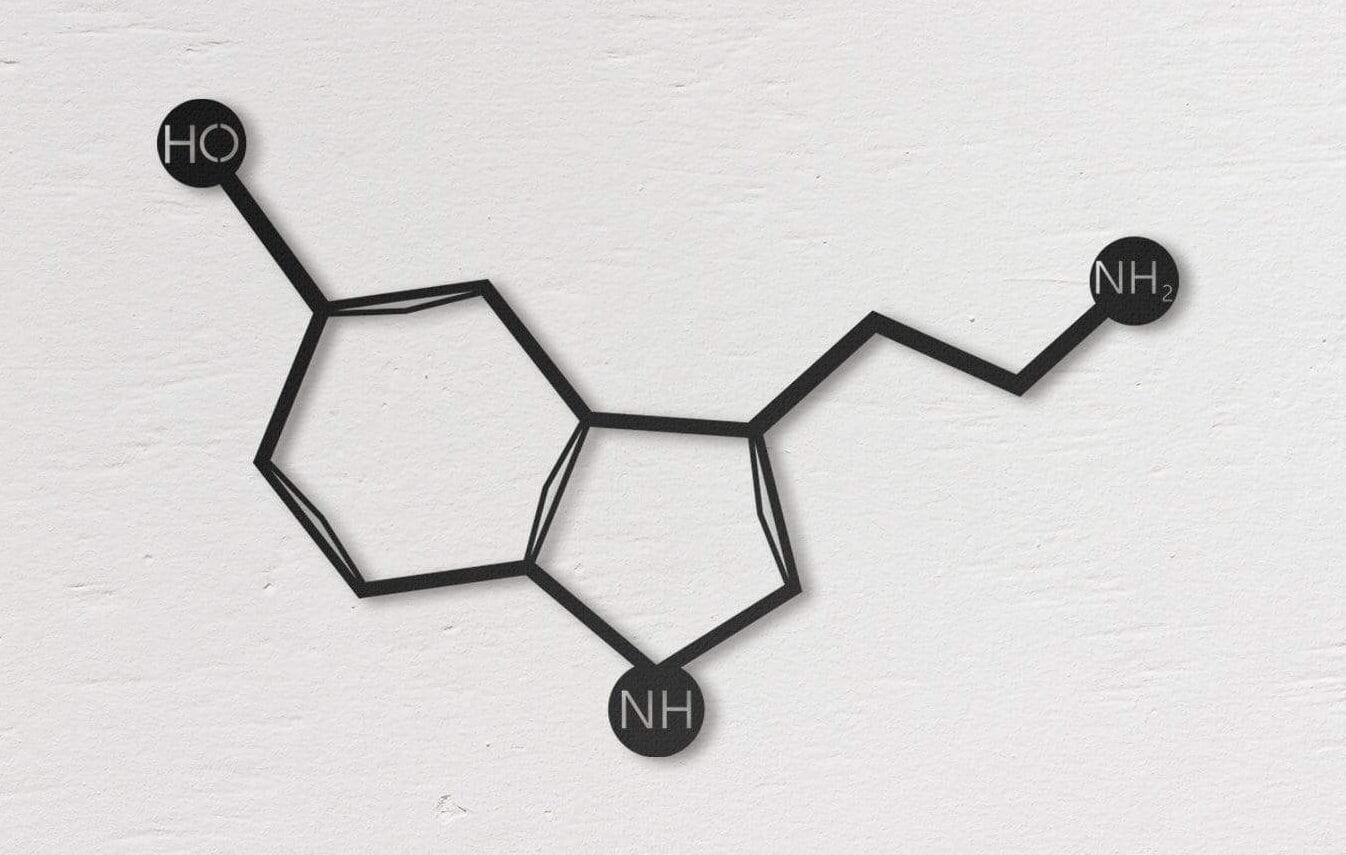CBD, also known as Cannabidiol, is getting all the attention because of its therapeutic effects. It is a component of the cannabis implant that is non-toxic. In this blog, we are going to tell you how CBD works in our bodies. CBD provides multiple benefits through multiple molecular pathways. The main question is how CBD actually works in our body. Before we discuss that, we need to understand the Endocannabinoid system.
KNOWING THE ENDOCANNABINOID SYSTEM
The endocannabinoid system is present in our body and is a complex biological system. This system has an impact on various processes of our body which include memory, mood, sleep, and appetite. The endocannabinoid system comprises of three components. These components include receptors, enzymes, and endocannabinoids. Whether a person uses CBD or not, these parts routinely function.
KNOWING ABOUT COMPONENTS OF THE ENDOCANNABINOID SYSTEM
The first component is receptors. They are present throughout the body. On these receptors the endocannabinoids bind.
The second component is enzymes. These appear in multiple forms. To break down endocannabinoids there are only two types of enzymes present.
The function of endocannabinoids is to complement the body. They do this by running the internal functions smoothly.
To understand the effects of CBD, it is important to know about how the receptors and endocannabinoids are related.
There are two cannabinoid receptors which are CB1 and CB2 for which CBD has a less binding affinity. The cannabidiol alternates various non-cannabinoid receptors and ion channels. The action of CBD is through various receptor-independent pathways which include delaying the uptake of endogenous neurotransmitters repeatedly. Example of endogenous neurotransmitters includes anandamide and adenosine.
CBD enhances or inhibits the G-protein coupled receptors binding action. Its function is to govern various functions which include memory, mood, coordination, movement, pain, appetite, and others. The second receptors which are CB2 are present in the peripheral nervous system. They are responsible for influencing pain, and inflammation.
The enzymes break down the cannabinoids which are followed by binding of endocannabinoids with receptors. According to studies, CBD does not directly attach to the receptor. However, CBD influences it in some way. The important thing is to activate these receptors. This allows for many of the health benefits of CBD.
CBD interacts with few non-cannabinoid receptors. Let’s read briefly about those in the following sections.
SEROTONIN RECEPTORS

When CBD is present at high concentrations, it directly activates the 5-HT1A (hydroxytryptamine) serotonin receptor. This provides an anti-anxiety effect on the body. This G-coupled protein receptor helps in a range of biological and neurological processes. This mainly includes pain, anxiety, appetite, addiction, sleep, perception, nausea, and vomiting.
The raw form of CBD is CBDA (Cannabidiolic acid) which has a strong affinity for the 5-HT1A receptor. CBDA is said to provide anti-nausea properties which are stronger than those provided by CBD.
VANILLOID RECEPTORS
TRPV stands for “transient receptor potential cation channel subfamily V.” CBD binds to TRPV1 receptors also known as vanilloid receptors, which also function as ion channels. TRPV1 receptor mediates pain perception, inflammation, and body temperature.
GPR55 – ORPHAN RECEPTORS
CBD functions as an antagonist that blocks, or deactivates, another G protein-coupled receptor i.e. GPR55. It is also known as an orphan receptor. It is expressed in the brain in the cerebellum part.
It is involved in modulating physiological processes such as blood pressure and bone density. It also promotes osteoclast cell function, which is responsible for bone reabsorption. Overactive GPR55 receptor signaling is said to be associated with osteoporosis. By blocking GPR55 signaling, CBD may act to decrease both bone reabsorption and proliferation of cancer cells.
PPARS – NUCLEAR RECEPTORS
CBD provides an anti-cancer effect by activating peroxisome proliferator-activated receptors also known as PPARs. These are present on the surface of the cell’s nucleus. When this receptor gets activated, it has an antiproliferative effect. It also has the ability to induce tumor regression in human lung cancer cell lines. With CBD treatment, diabetics patients can be benefited as well.
HOW CBD ACTS AS A REUPTAKE INHIBITOR
Have you ever wondered how CBD gets inside a human cell and binds to a nuclear receptor? When it enters the body, it has to pass through the cell membrane. It does that by associating with a fatty acid-binding protein (FABP). It chaperones various lipid molecules into the cell’s interior.
The molecules of intracellular transport also take tetrahydrocannabinol (THC) and the brain’s own similar molecules, the endocannabinoids anandamide and 2AG, through the membrane to several targets within the cell. Both CBD and THC modulate receptors on the surface of the nucleus. This helps in regulating gene expression and mitochondrial activity.
The advantage of using CBD is that it is non-psychoactive which makes it ideal for therapeutic use. It is useful in treating various ailments such as multiple forms of epilepsy, anxiety, stress, depression, and physical ailments.
Studies have found CBD to be effective in heart conditions, like heart attacks and strokes. The dose of CBD is said to reduce the appetite of patients, treat post-traumatic stress disorder such as negative memories, anxiety, and nightmares.
When it comes to pain, CBD plays a significant role. When the CBD acts on the TRPV1 receptor, it does so by blocking the pain signals from reaching the rest of the body. This action provides relief from aches, swelling, and discomfort as per studies.
WHERE CAN YOU FIND CBD?
CBD is available in most states. You can purchase pure natural CBD oil online or in person at retail stores as well.
SUMMARY
CBD is a non-psychoactive cannabinoid found in cannabis plants. Studies claim that it has a wide range of potential benefits that provide relief from stress, anxiety, depression, epilepsy, pain, and inflammation. It is important to understand what CBD does to your body. Understanding the endocannabinoid system can help you know how CBD actually works to your body and is safe to use.

0 Comments